
‘An immersive museographic experience’
Former Designer in Residence, Mále Uribe, designs Chilean pavilion at London Design Biennial 2025
Author:
Rebecca Lewin
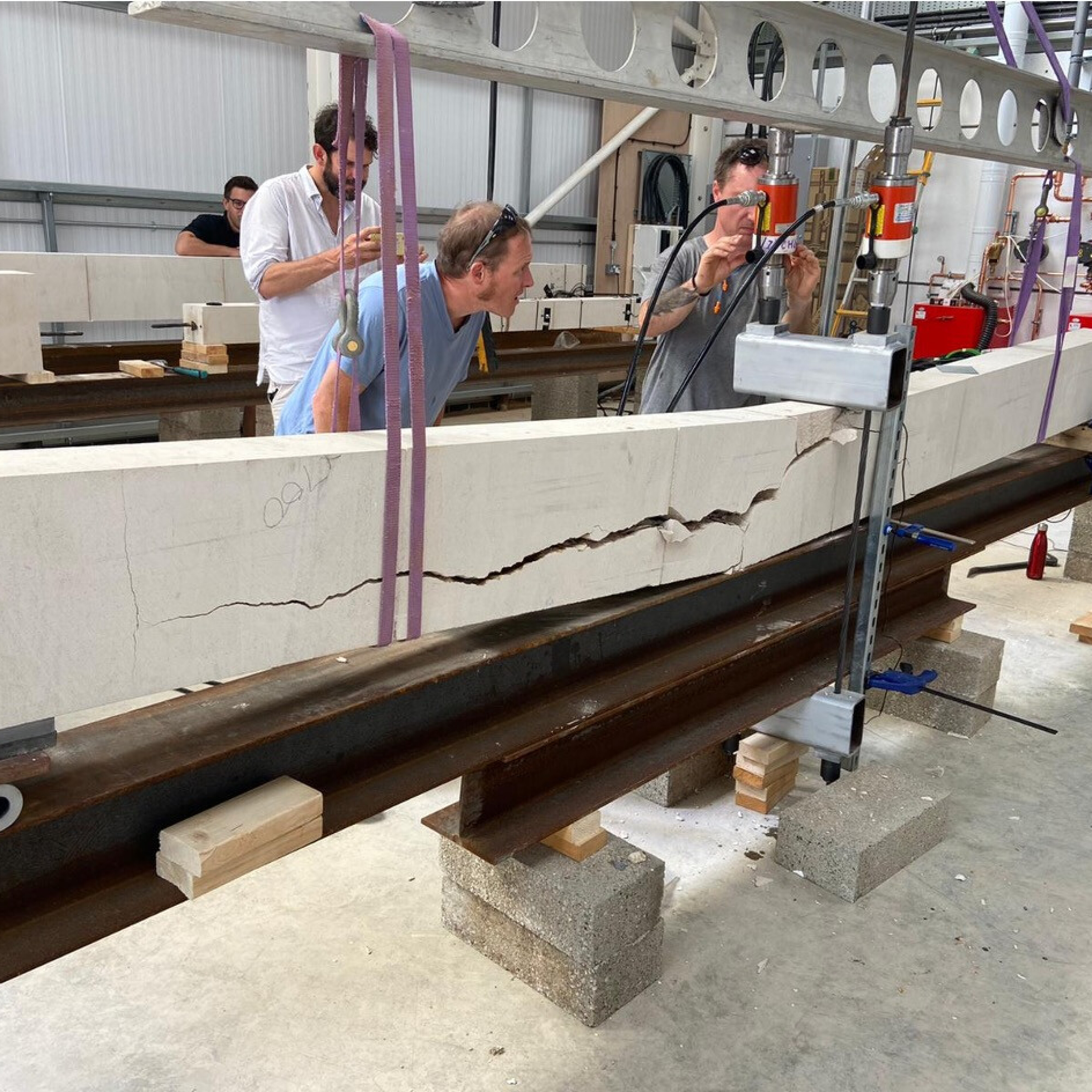
‘Natural Stone Shows Huge Potential to Reduce the Carbon-Footprint of Construction’
This interview delves into Professor Wendel Sebastian's research approach, and his vision for a more sustainable future for the UK's
Wendel Sebastian
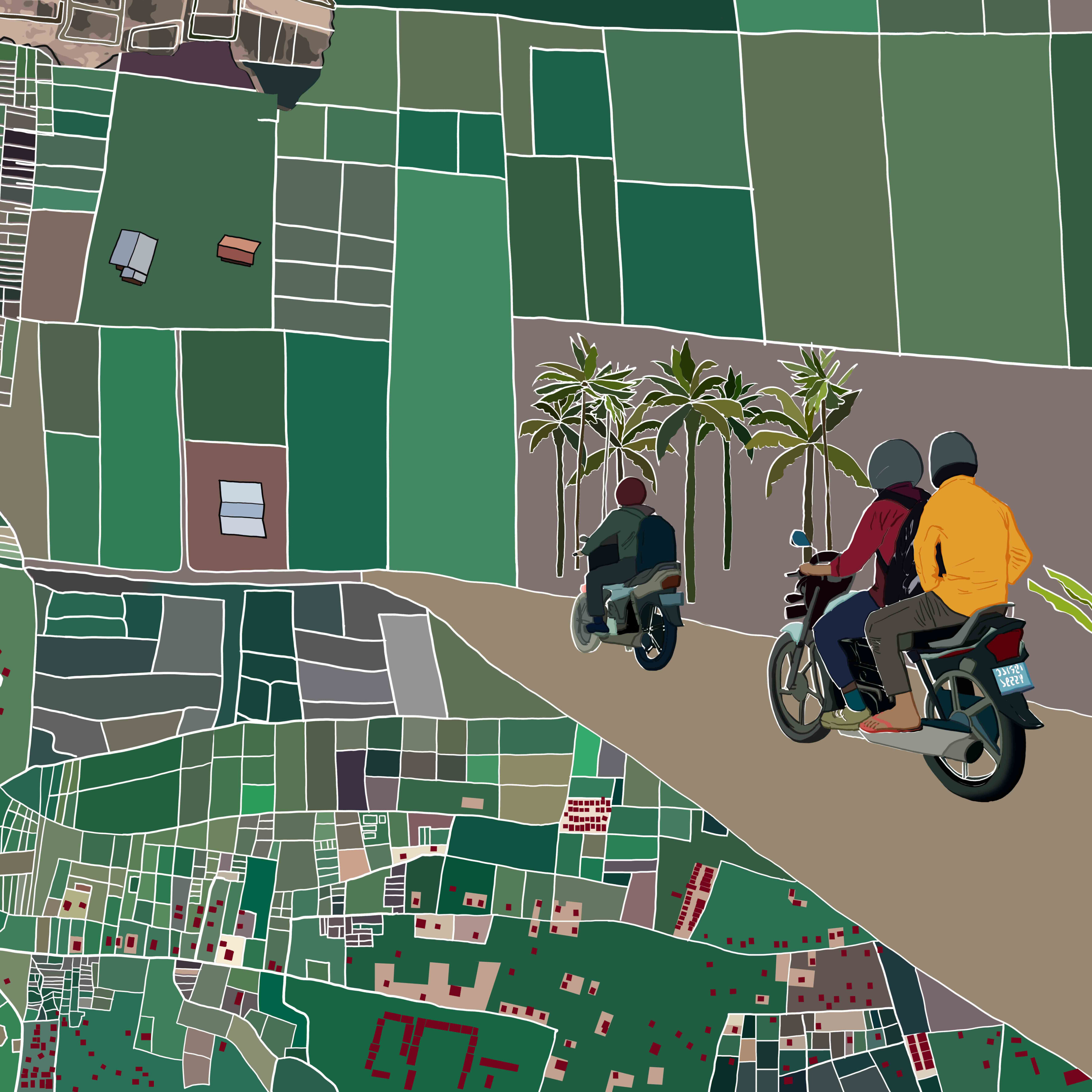
The Coast Is Not a Line, It's A Zone
In this research update, More-than-human Fellow Feifei Zhou, focuses on Kupang Bay in West Timor to examine traditional fishing practices threatened by coastal erosion and salt mining. The final piece
Author:
Feifei Zhou
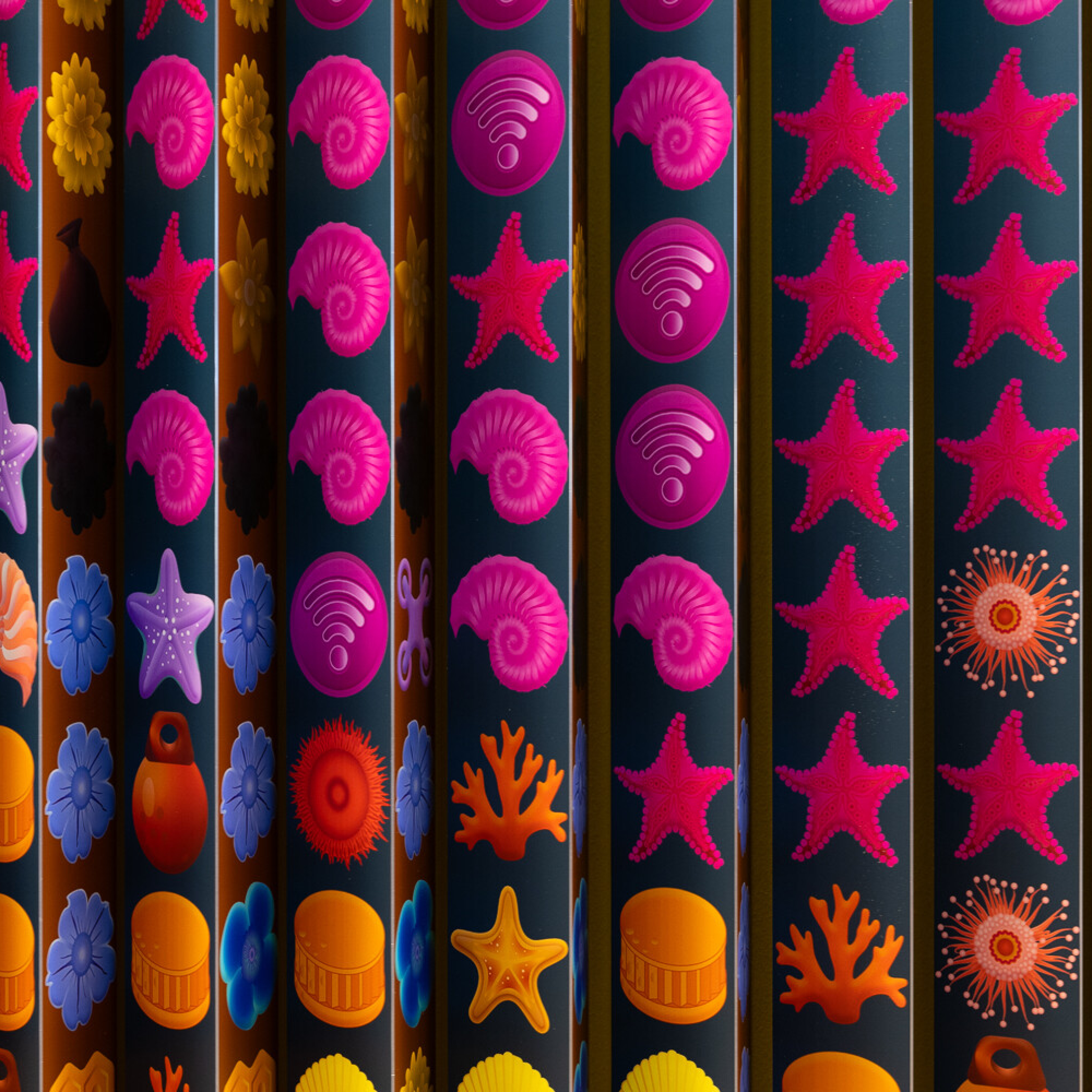
More-than-human thinking for multiple audiences
Understanding the potential of designing with and for other species and living systems feels like an urgent undertaking. That is why we adopted More than Human as an ongoing research theme for 2024-5
Author:
Justin McGuirk

Future Observatory Journal – Issue Nº2
We are delighted to bring you Issue 02 of Future Observatory Journal. We launched the journal earlier this year to explore more expansive narratives for design that respond to the true scale of the
Author:
Justin McGuirk

Contaminating our current thinking
Cher Potter, Future Observatory's Curatorial Director discusses the role of design research with the Design Researchers in Residence Solar cohort.
Jamie Gatty Irving, April Barrett, Freya Spencer-Wood & Eliza Collin
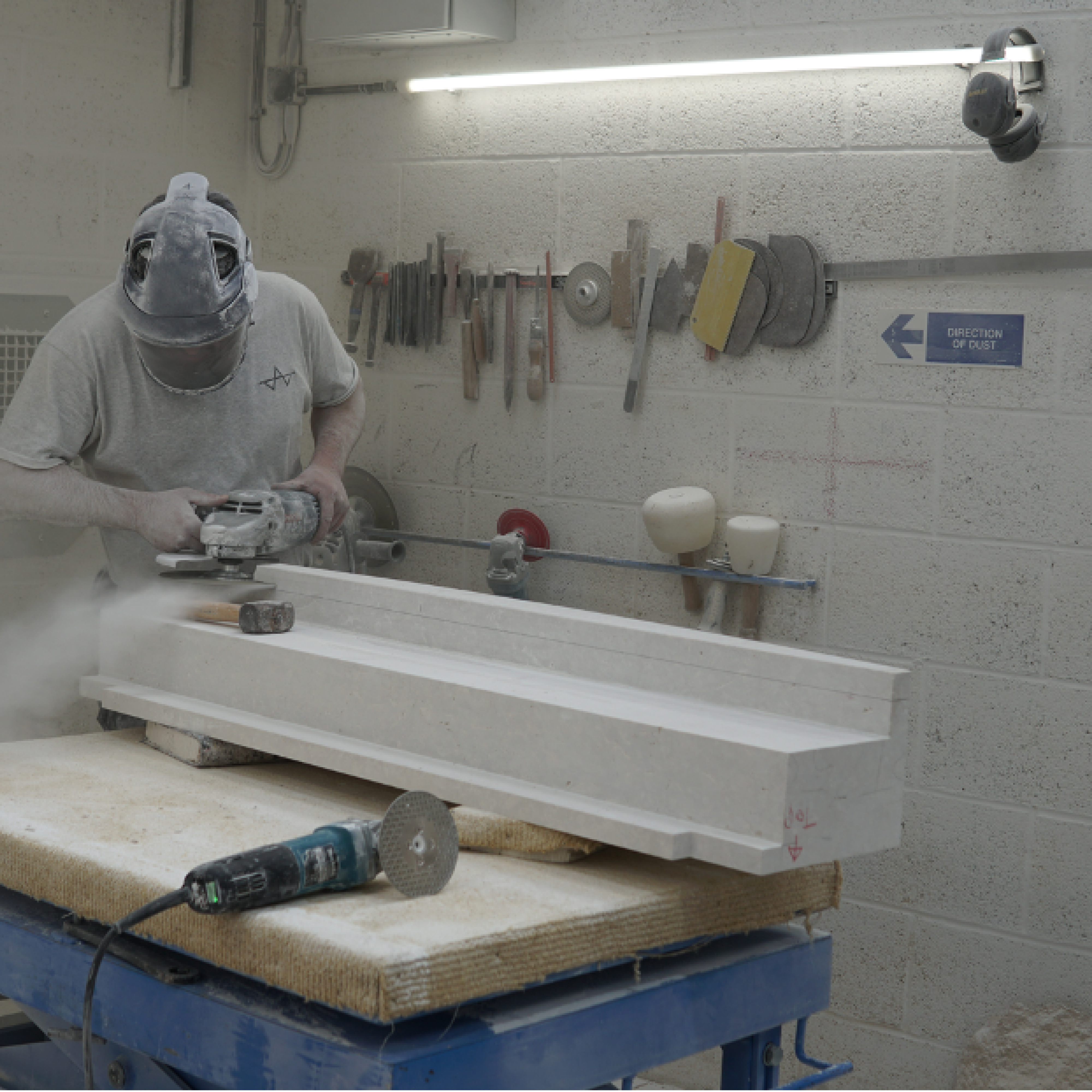
How do you solve a housing crisis in a climate crisis?
Over the past year, Future Observatory has been pursuing a strand of research focused on low-carbon housebuilding . The UK has a longstanding housing crisis, and yet any large-scale housebuilding
Author:
Ruth Lang
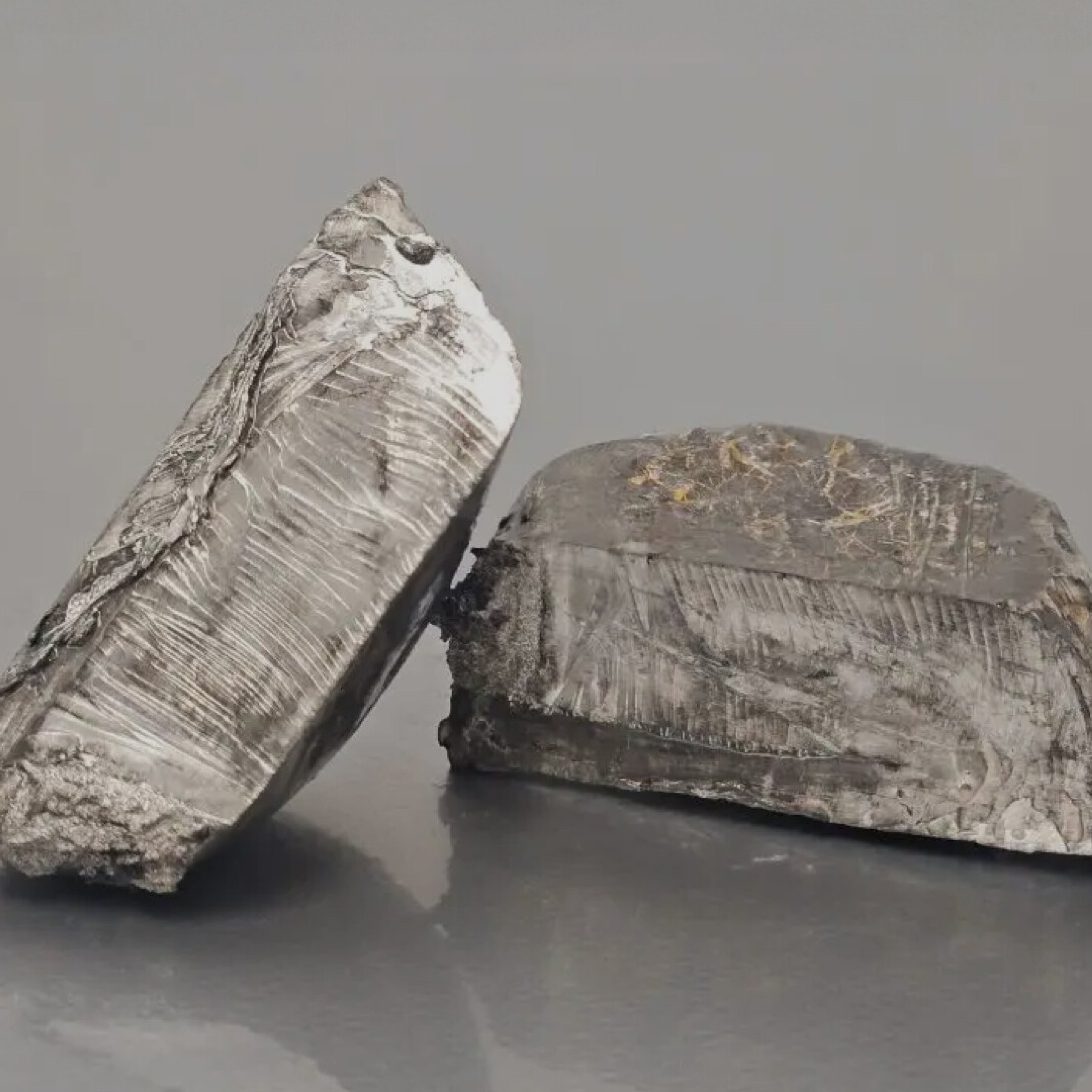
Future Observatory Journal launches with issue on bioregioning
“If ever there was a time to consider alternative ways of building a future, it is now. What we do this decade will shape the rest of the century. But what if, rather than fetishising innovation, what
Author:
Justin McGuirk

‘Learning from each other’
At the end of November, we held a forum for the researchers and academic partners on our Design Exchange Partnership and Design Accelerator programmes. Marking the end of both cohorts’ research
Author:
Leilah Hirson-Comley

Future Observatory opens display space at the Design Museum
Future Observatory and the Design Museum today open a free display space dedicated to design research responding to environmental crises. Located on the museum’s second floor balcony, the Future
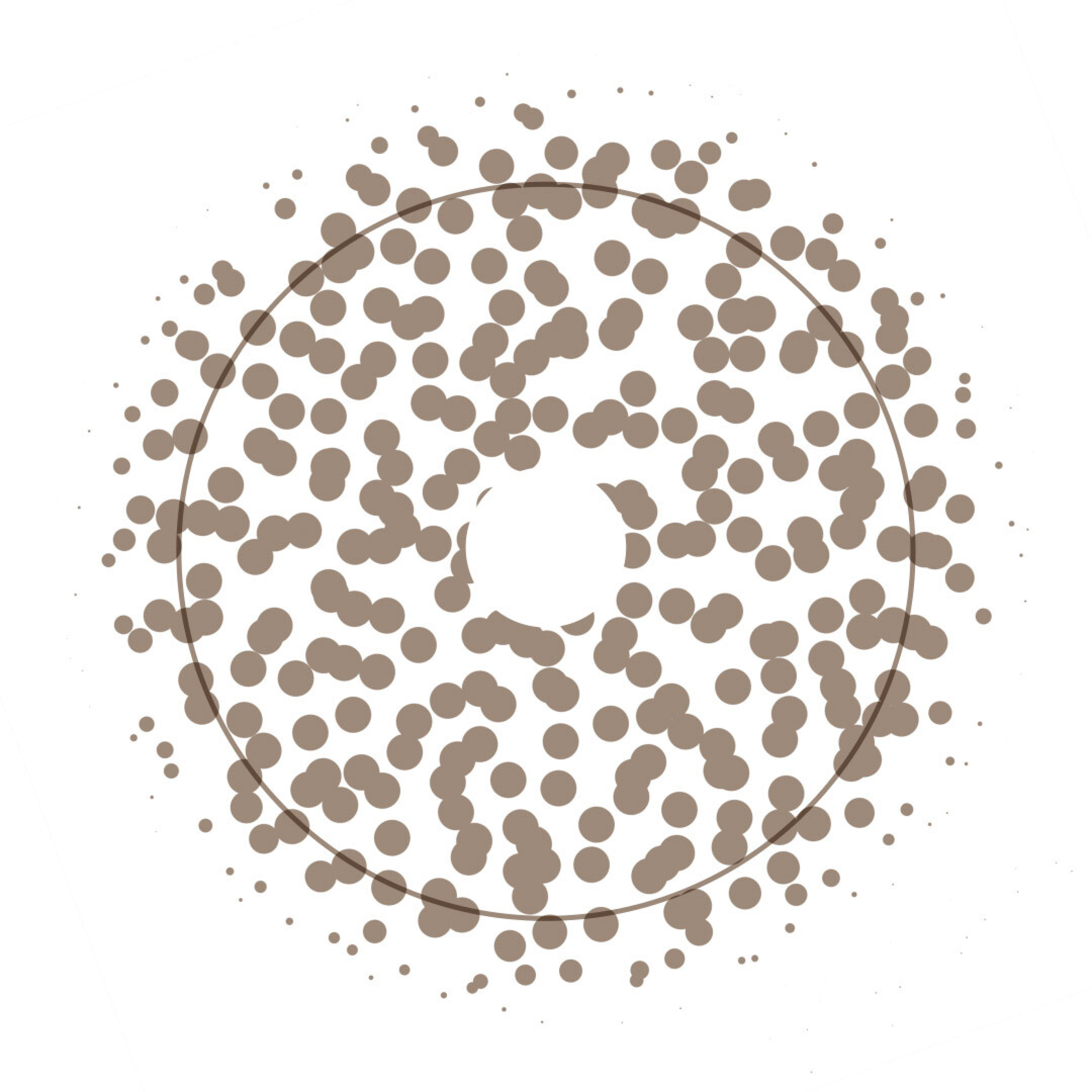
How can the culture sector drive the green transition?
Today, we are publishing three cultural policy reports across architecture, cultural institutions and exhibition impact which suggest how the UK cultural sector might adapt to meet national net zero
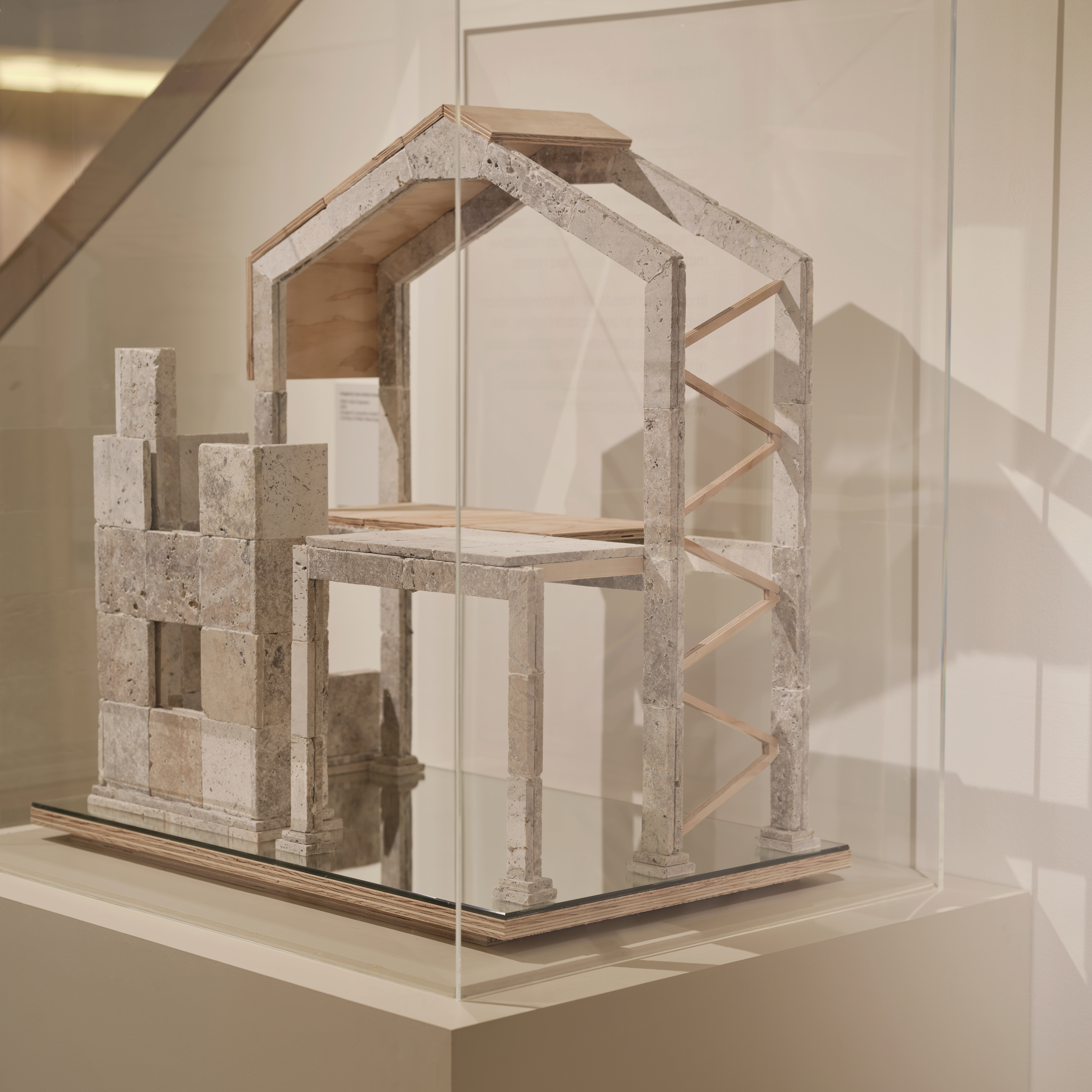
‘You can fit the tools you need to make a stone beam in a suitcase’
Over 30% of global carbon emissions are produced by construction. To meet national and international climate targets, the UK therefore needs to radically rethink the materials with which it builds.
Steve Webb
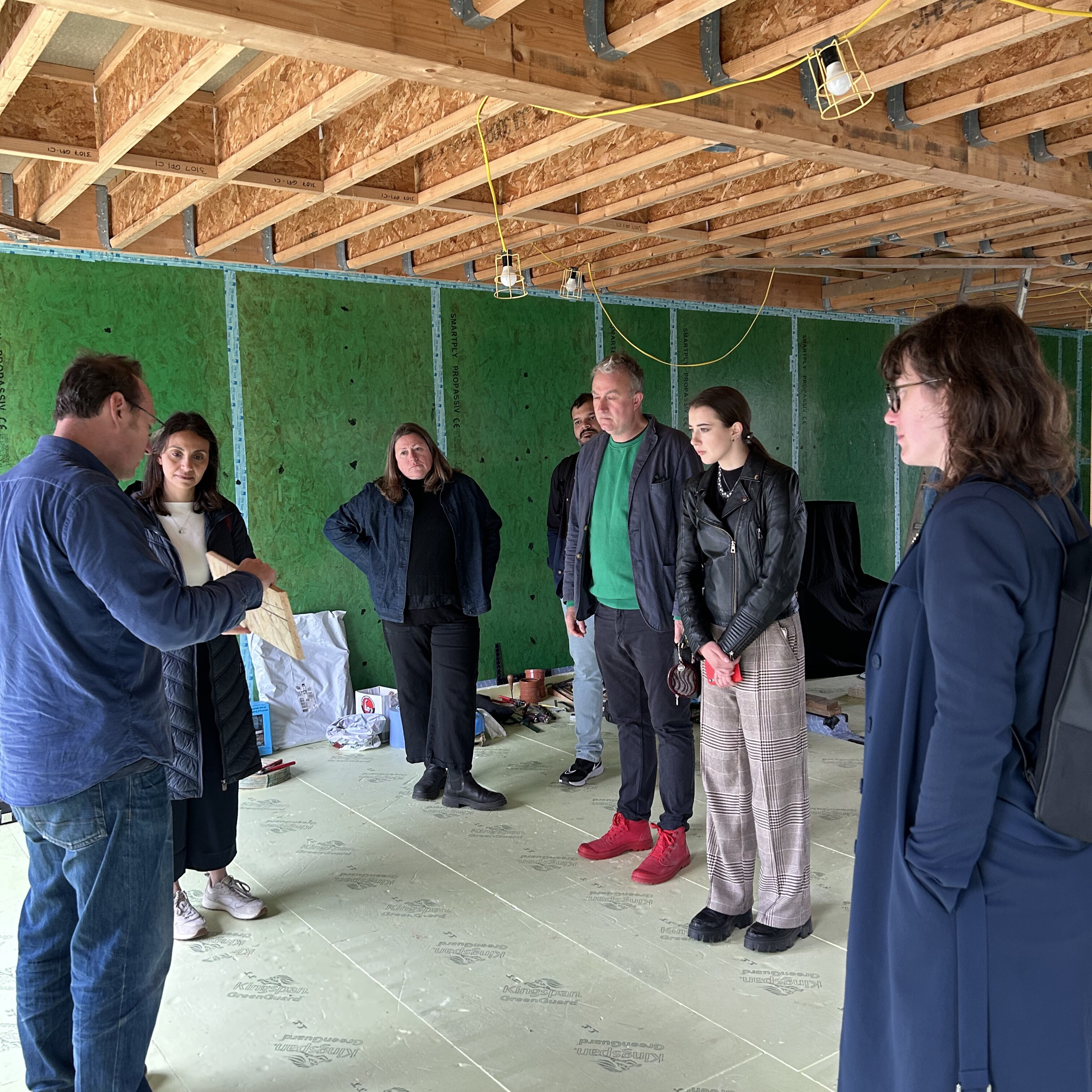
‘Housing is one area where individuals can take meaningful action’
Facilitating the adoption of domestic retrofitting in Canterbury and East Kent is a Design Accelerator led by the University for the Creative Arts. Our coordinator Leilah Hirson-Comley spoke with
Sam McElhinney & Heba Sarhan

Redefining the problems, reframing the questions
The following conversation sees Future Observatory’s curatorial director, Cher Potter, in discussion with the 2022/23 cohort of Design Researchers in Residence on the topic of design research.
Marianna Janowicz, Isabel Lea, James Peplow Powell & Rhiarna Dhaliwal
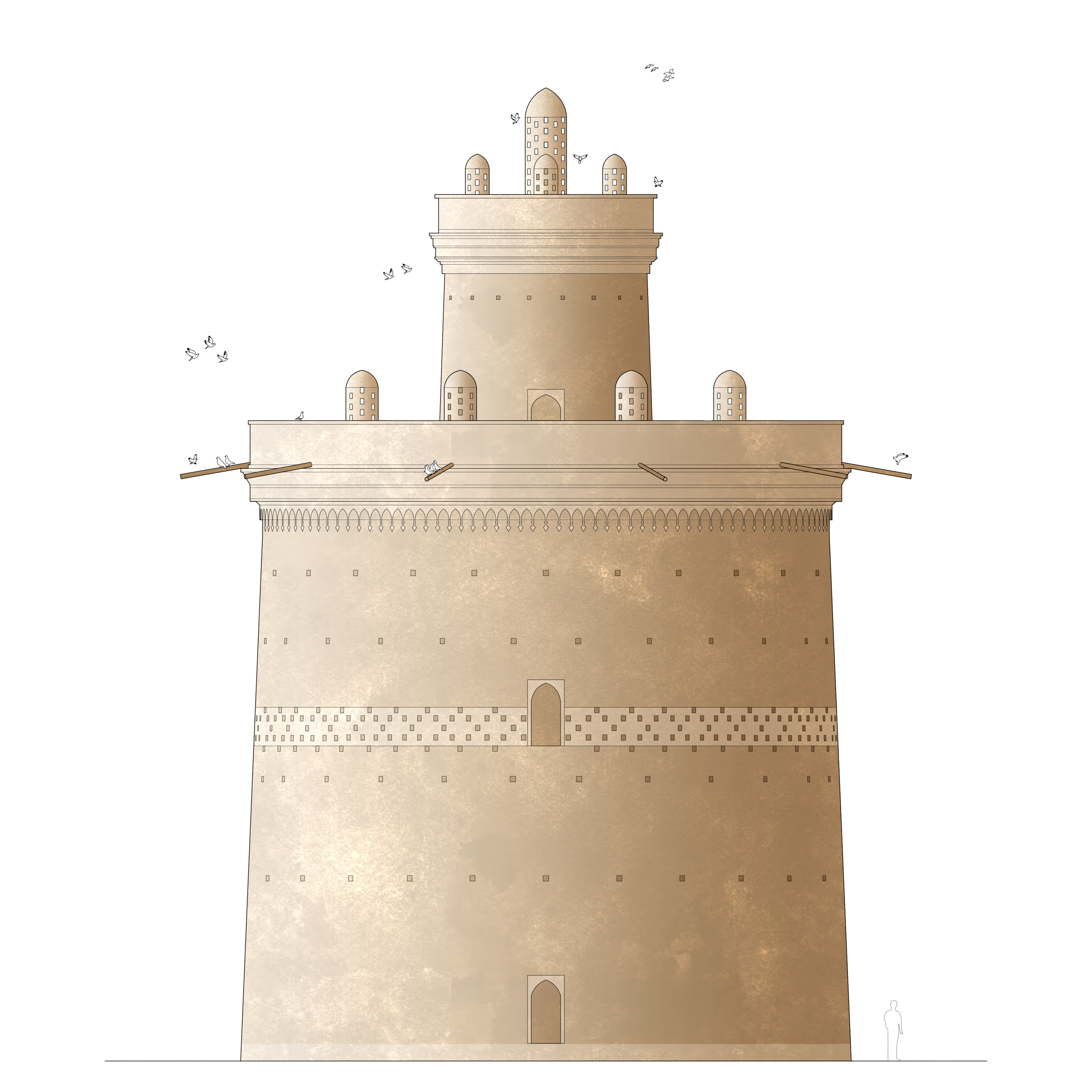
‘If we care about the planet, we should care about pigeons’
Ahead of the opening of the Design Researchers in Residence’ exhibition at the Design Museum in late-June, our coordinator Leilah Hirson-Comley caught up with resident James Peplow Powell.
James Peplow Powell